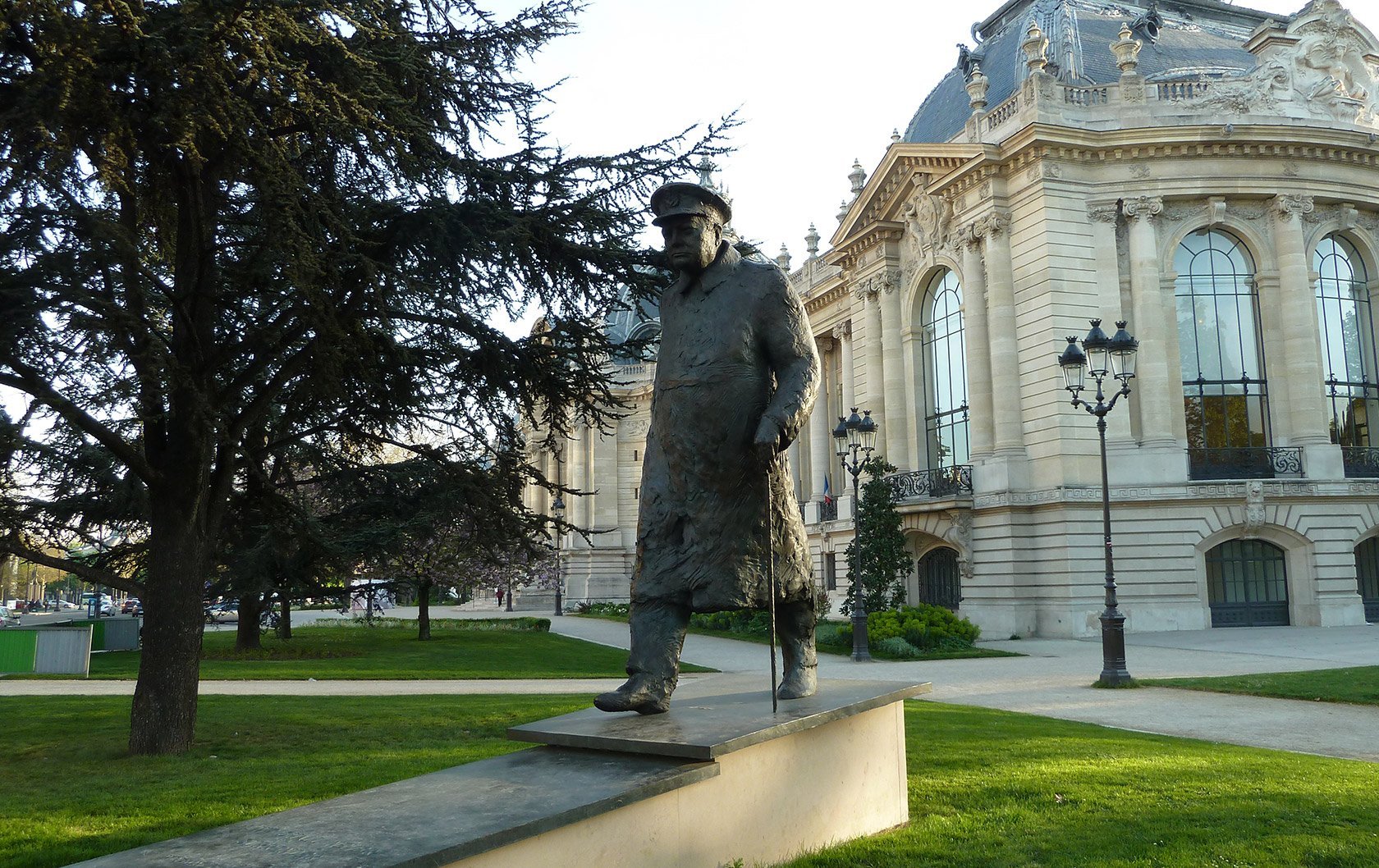
On the Eve of D-Day: Who is this Person and Where is his Statue in Paris?
Paris never ceases to surprise me with new discoveries, from small details such as a carving on a fountain, to entire buildings I’ve never noticed before. This happened one morning last week, when I was stopped in my tracks by this statue, larger-than-life but almost alive. You could feel the willpower of this man by the steely look on his face, striding forward with absolute, unwavering determination. Tomorrow marks the 67th anniversary of the D-Day landings and a perfect opportunity to ask who this is this figure and where is stature in Paris?
Most of you will recognize the figure immediately – British Prime Minister Winston Churchill taken from a photograph of him striding down the Champs Elysee’s at the end of World War II. Who could miss his portly figure and look of steely commitment as he marches forward. Churchill’s immortal words are carved below: ‘We will never surrender.’
Churchill is one of the few foreigners to be commemorated in Paris, but few deserve it more. The statue is the work of sculptor Jean Cardot and was paid for by private donations of the French people. When it was erected, Cardot said: “I wanted to show Churchill’s strength, his determination, and also his humour. “This is a man on the move, a man who won’t stop.”
Where is the statue? In the gardens of The Champs Elysee’s, next to the Grand Palais at 1 Avenue General Eisenhower, one block from the Seine in the 8th arrondissement.
Winston Churchill’s words express all that I admire about the British, a nation that survived the darkest days of World War II, the Blitz, food shortages, material shortages and constant bombardment — after most of their allies had already surrendered — to fight on for their Country. In 1940, when an invasion by Nazi Germany seemed imminent, Winston Churchill gave one of the defining speeches of the second world war:
We shall go on to the end, we shall fight in France,
we shall fight on the seas and oceans,
we shall fight with growing confidence and growing strength in the air, we shall defend our Island, whatever the cost may be,
we shall fight on the beaches,
we shall fight on the landing grounds,
we shall fight in the fields and in the streets,
we shall fight in the hills;
we shall never surrender
Churchill used to call President Roosevelt and plead that the United States join the War — the phone survived intact and can be seen at the Churchill War Rooms in London. Two fascinating articles about June 6, 1944 can be found here: one from the BBC archives about D-Day and the other is the D-Day Experience from PBS.
Tomorrow marks the turning point of World War II, the D-Day Landings in Normandy. 5,000 boats sailed from England with 150,000 soldiers and almost 30,000 vehicles to Normandy, landing early on the morning of June 6 — the most massive, well-planned and secret invasion of the War. By the end of the day 9,000 Allied lives had been lost but 100,000 men made it ashore to fight on. The casualties among some troops were horrific: the American troops from Company A, mostly men from the small town of Bedford, Virginia lost 90 percent of their men. Their bravery and the bravery of thousands of others marked the turning point of the war.
As the people of Normandy say with gratitude, even today: ‘Nous n’oublions pas, Nous n’oublierons jamais.’ We have not forgotten; we will never forget.
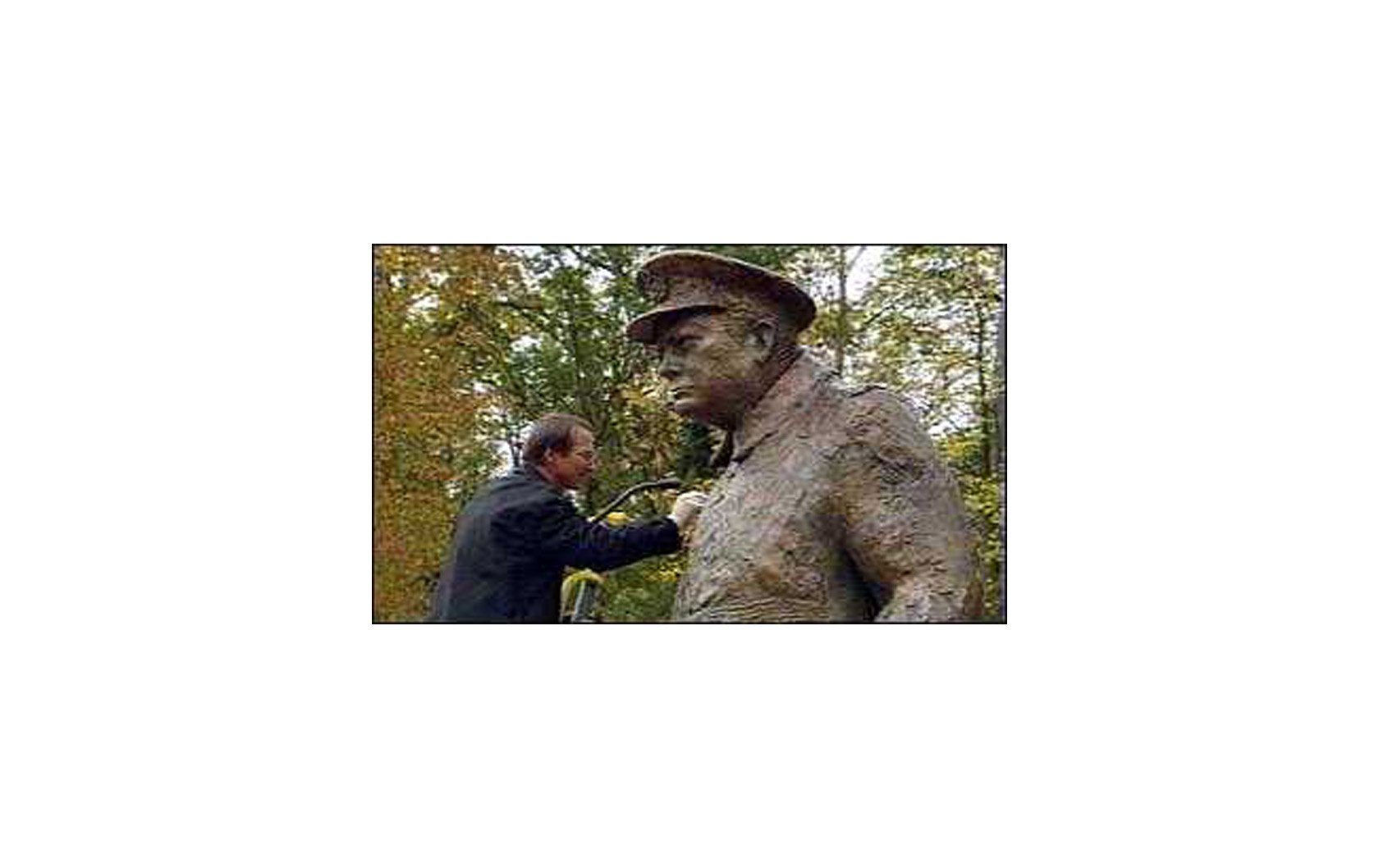
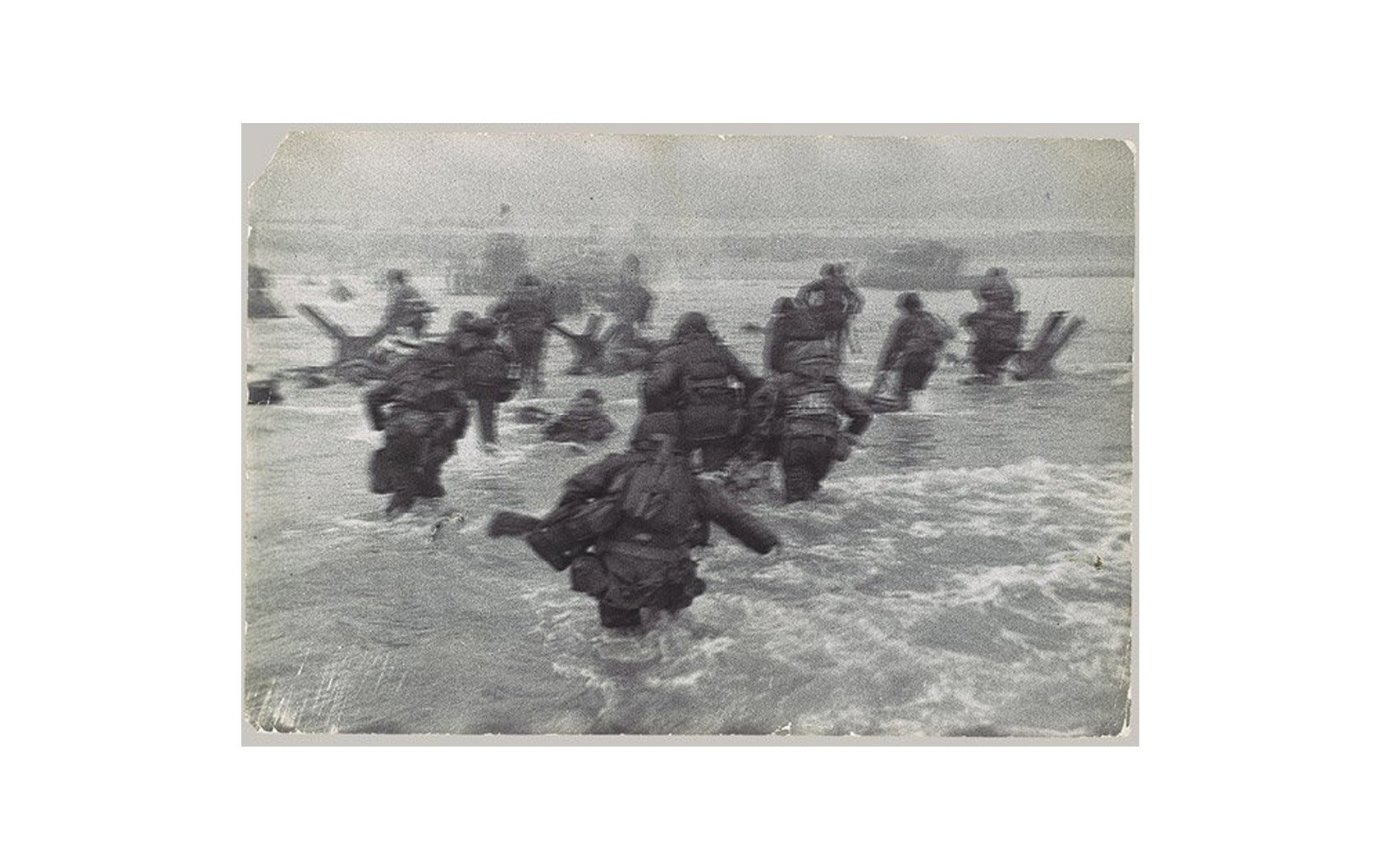
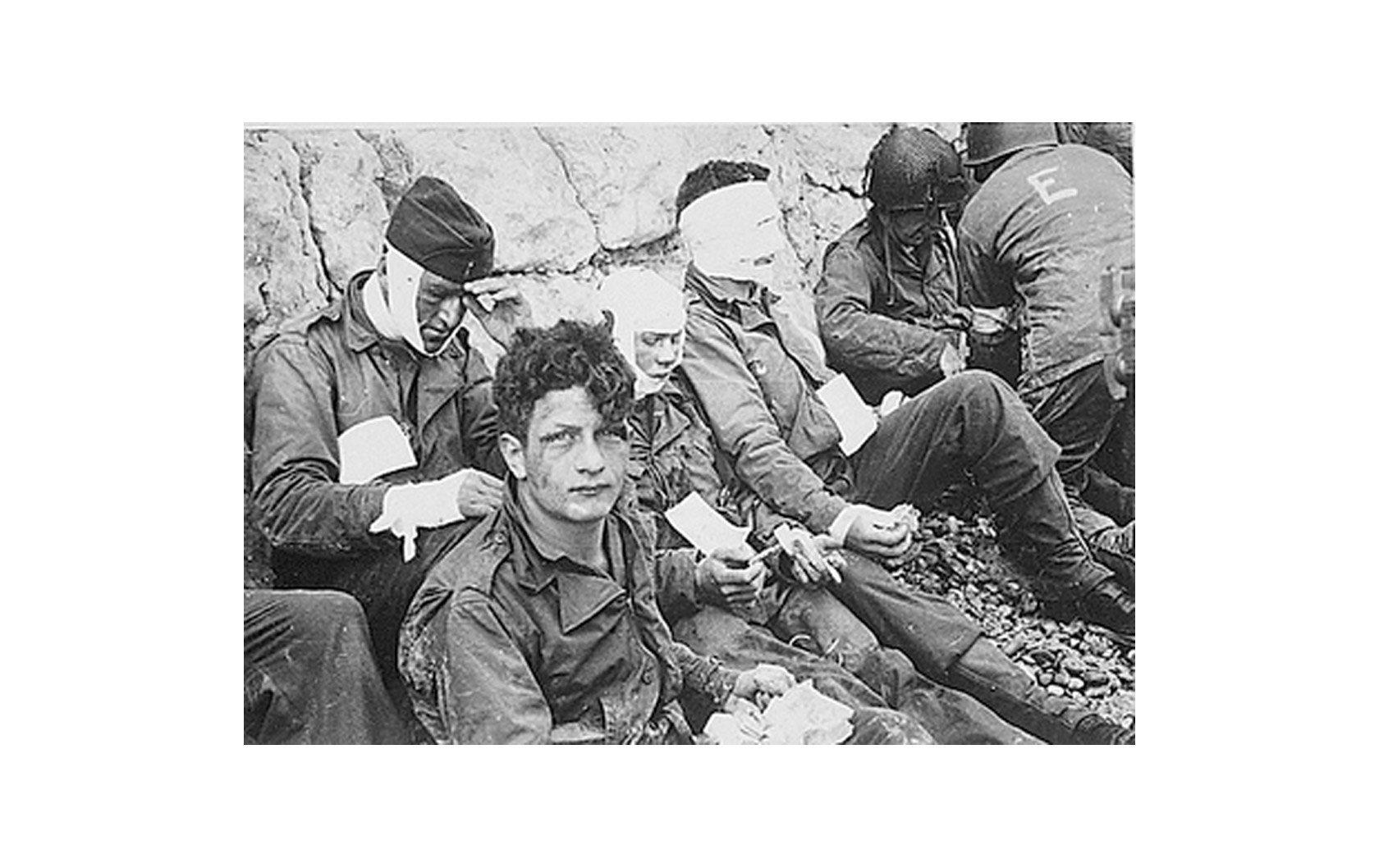
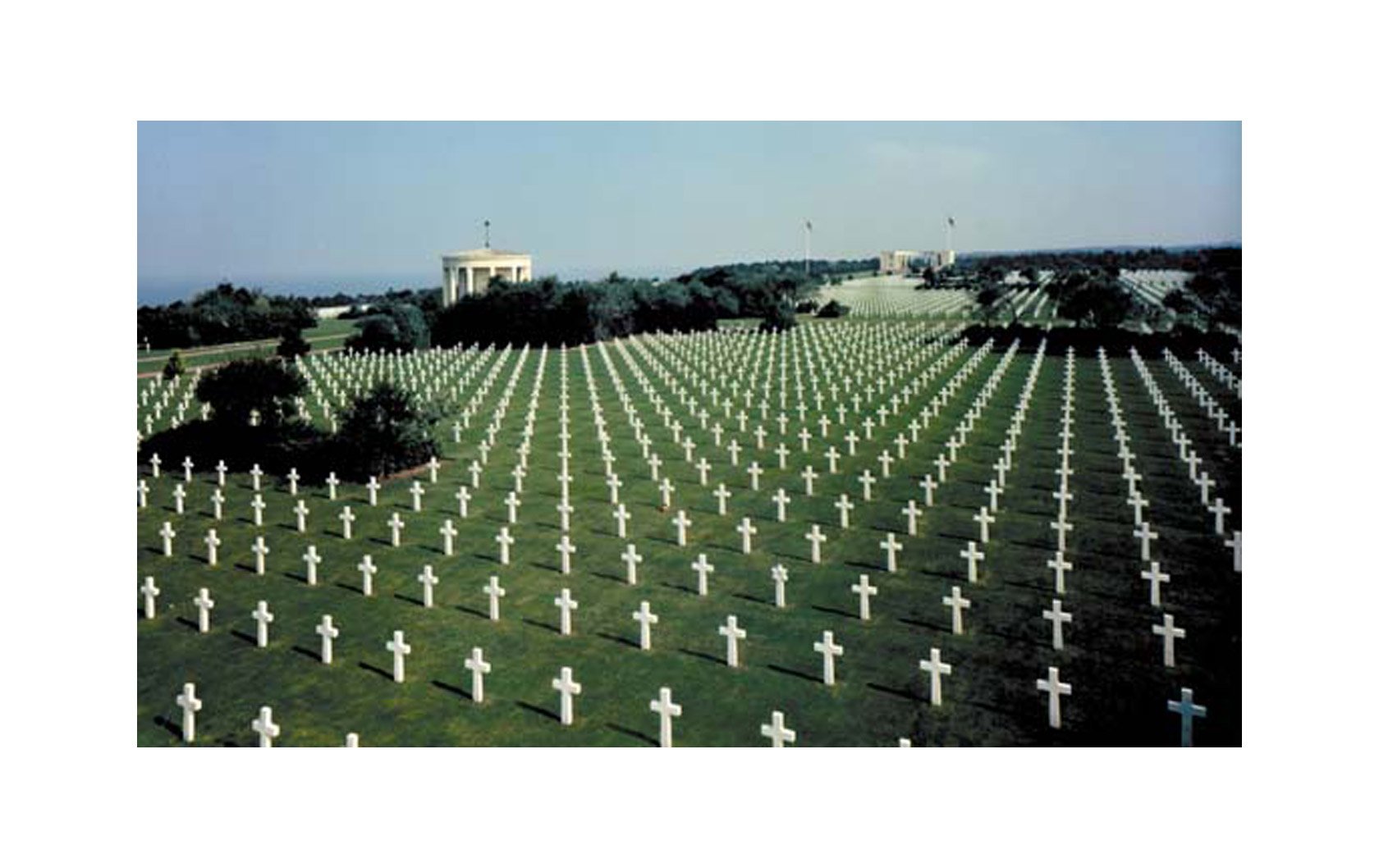


[…] English people. The quotation on the statue says it all: ‘We will never surrender.’ Click here to read more about the monument and Churchill’s famous […]
I’d like to make one correction. It is not accurate to say that “Churchill helped convince President Truman and the United States to enter the War and the rest is history.” Churchill tried to convince President Roosevelt to enter the war. But Roosevelt, though he wanted America to enter the war, could not persuade Congress to do so because there were so many “America Firsters” in Congress and in the press. It was Pearl Harbor that got America into the war.
I’d like to mention one more thing. There is not much gratitude in France toward America for saving them from the Nazis. General DeGaulle famously requested, when he pulled France out of NATO, that all American soldiers be removed from France – immediately! Our Secretary of State at the time (I think it was Dean Rusk) asked: “Dear General, does that include our boys buried in the graveyard in Normandy?”
Shouldn’t that be President Roosevelt that Churchill convince?
Thank you so much for catching my error and my apologies — of course it was Roosevelt. Yes, Roosevelt wanted to enter the war and it was Congress that couldn’t be persuaded until Pearl Harbor. The undergrond Churchill War Rooms in London were unsealed a few years ago and you can see the actual phone and office Churchill used to make his transatlantic calls to Roosevelt, pleading for the United States to join the war. It is a fascinating museum: cwr.iwm.org.uk/.
Some French may not show gratitude for what the Americans and English sacrificed to end the war. And President de Gaulle was a prickly person, to say the least. He carried a grudge against the English for not welcoming him more when he set up the Free France resistance in London. Without exception, the French people I’ve met in Normandy through my husband who was grew up there — have been unanimous and sincere in their gratitude, even today.
Yes and sorry for my error! I was thinking of Churchill and Truman at the start of the Cold War and accidentally wrote his name instead of Rooselvelts. Have corrected above and thank you!
Thank you for sharing the statue of Churchill on the anniversary of D-Day. We came upon it quite by accident a few years ago and were so pleased to find him honored in this way. We have stayed at the Hotel Churchill (couldn’t think of staying anywhere else) while visiting the Normandy landing sites. We were very much impressed with the way the local people commemorate what happened there with dozens of small museums.
What I loved most when I saw this statue in April 2010 was that someone left at its feet a cigar, a bouquet of red poppies, and a bottle of Krug Grand Cuvee with a note that read, “Thank You!”